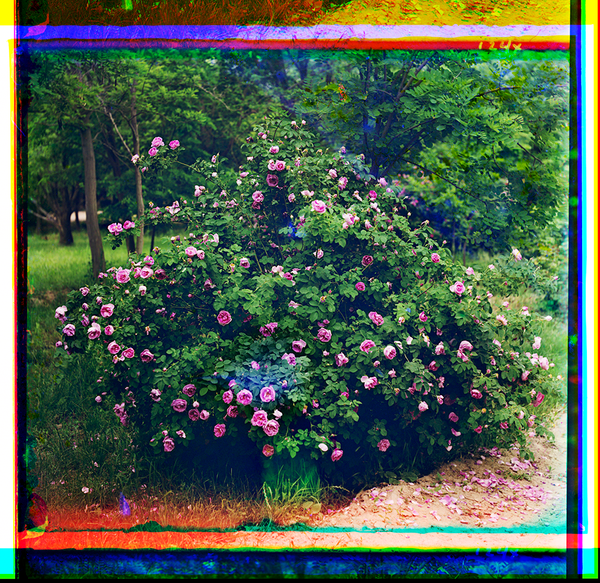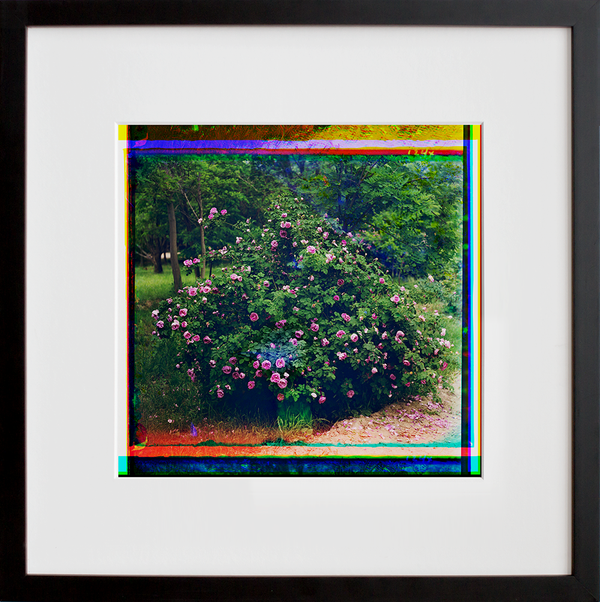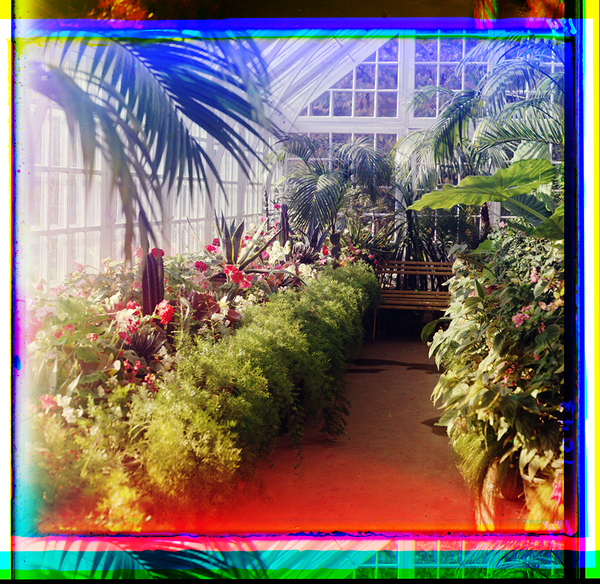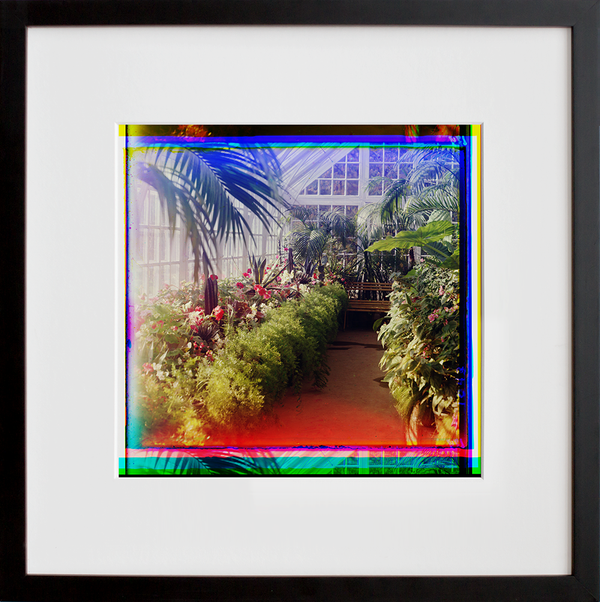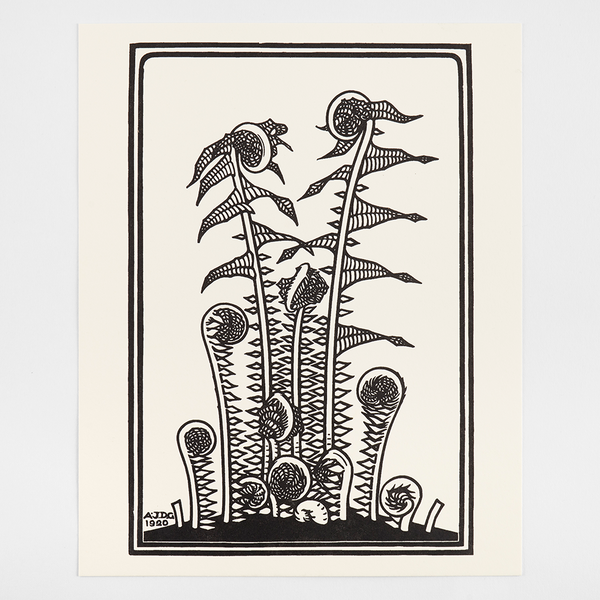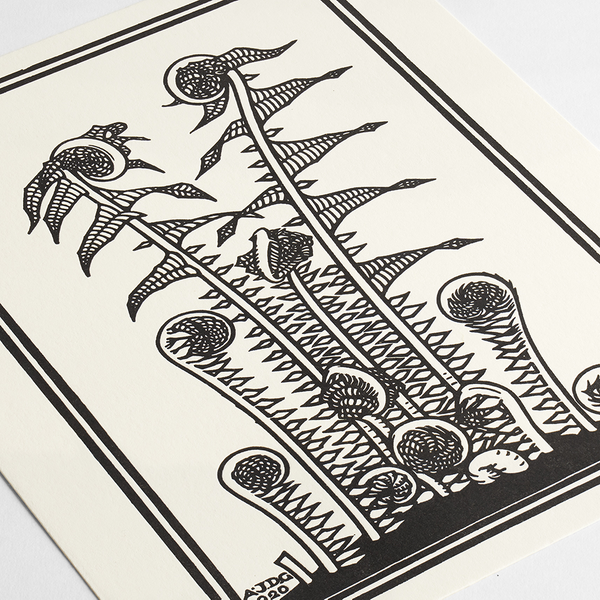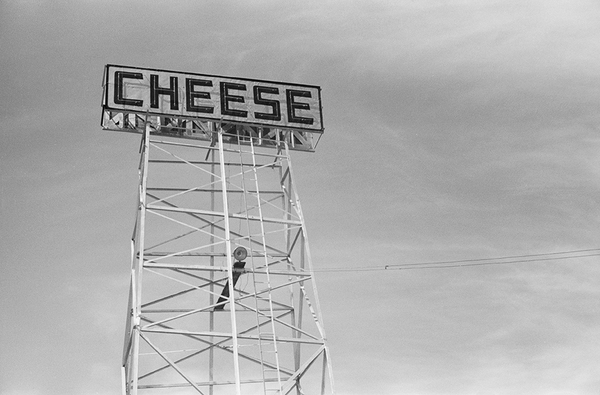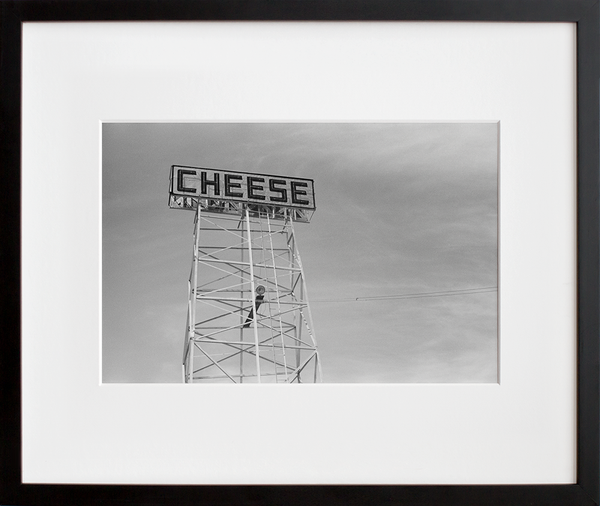FOOD ART: it's as ancient as cave paintings (I mean, depictions of buffalo hunts aren't NOT food art), and as fresh as today's special. Artists have always embraced food as a subject, and not just because doing so engages another sense besides vision. Food signifies a stupendously wide array of things depending on what culture and time are at play, as well as, of course, the artist's intent. Tie on that napkin and dig in:
“Painting cakes and food are a means of comfort to me. Cakes represent hope. They are baked for celebrations and for good times. Everyone likes cakes. If someone bakes you a cake, you know you are cared for. But real cakes are temporary, and if you eat too much you may feel sick. These cakes care forever and won't make you sick.”
Cheese Store, 276 Bleecker St is one of the hundreds of photographs Berenice Abbott shot as part of her Changing New York series. Mandaro’s cheese shop was one of the businesses catering to a burgeoning Italian-American populace in the South Village. The shop represented a crucial part of the area’s thriving businesses: shop owners were able to pass down trades to their children, turning them into skilled workers and feeding the success of the community. The Mandaro storefront seen in Cheese Store, 276 Bleecker St is a symbol of the industry and entrepreneurship of one growing immigrant community, while signifying the displacement of another.
“Most fruit deemed unfit for sale is discarded simply because it doesn't fit the shape, size or color of the industry standards. What some may consider ugly or undesirable, does not speak to it's quality, nutrition or its taste. Where do all these ugly fruits and veggies go? They will not make it to most supermarkets and unfortunately, many will never be eaten. Relaxing these industry standards and helping to minimize food waste can minimize water, energy, and land waste, and could surely help feed the hungry. Besides, do we really want our food to be so homogenous? Perhaps we need to find beauty in the unique.”
While working with the FSA, Parks honed his photographic ethos and style, permeating his practice with powerful images that explored civil rights, the socioeconomic impact of racism, and Black American life. He shot this photograph in 1943 while on assignment at Bethune-Cookman College—a private, historically-black university in Daytona Beach, Florida. As the title suggests, this image pictures the hands of a student collecting eggs at the school farm. The agricultural program tasked students with tending to chickens, cows, hogs, and other animals, teaching functional, efficient farming methods in the process. In his photograph, Parks commemorates that endeavor with respect, and the result is seriously striking.
“'Summer Water’ is a term my friend coined for rosé—well, if he didn't, I'm giving him credit anyway. This piece was made earlier this spring in anticipation for the long, hot days and dewy nights of summer. The image is created from several brush-pen studies. I'm still not sure whether a paper bag over your drink allows for a full pass on drinking in public, but generally it gets the job done so that you can enjoy whatever beverage you prefer, anywhere in this city. The idea is to represent a snapshot of our summer in New York City.”
"Growing up Italian American, food has always been central to my family; entire weeks were planned around meals and every outing or activity involved some sort of culinary reward. As a child, I loved Richard Scarry, Eric Carle, and Wayne Thiebaud for their bold color choices and food references. I wanted to convey a similar nostalgic quality in Crowded Table to connect people to others. This piece is a 90-layer print of all my favorite foods. It’s fun!"



















